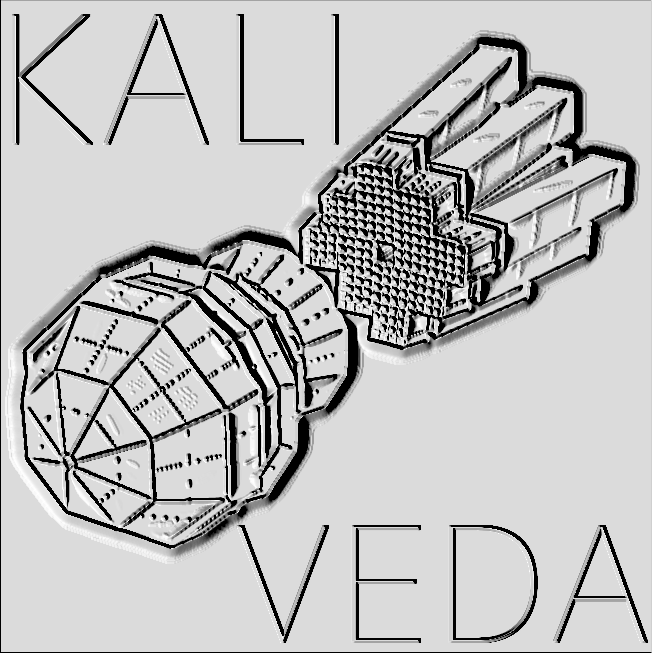30 fReconTraj.SetOwner();
50 TIter next_traj(GetTrajectories());
69 fReconTrajMap.Clear();
70 TIter nxtRT(GetReconTrajectories());
75 unique_trajectories.
Add(
n);
88 TIter nxtDel(&toRemove);
90 fReconTraj.Remove(rnt);
94 return fReconTraj.GetEntries();
106 TIter it(GetDetectors());
Base class for detector geometry description, interface to energy-loss calculations.
void Print(Option_t *option="") const override
Path taken by particles through multidetector geometry.
KVGeoDetectorNode * GetNextNode() const
static KVGeoDNTrajectory * Factory(const char *plugin, const KVGeoDNTrajectory *, const KVGeoDetectorNode *)
Instantiate & return object of class corresponding to plugin.
void IterateFrom(const KVGeoDetectorNode *node0=nullptr) const
Information on relative positions of detectors & particle trajectories.
Group of detectors which can be treated independently of all others in array.
void PrintData() const
list detectors of group with any data they contain
Int_t CalculateReconstructionTrajectories()
TObject * FindObject(const char *name) const override
void SetOwner(Bool_t enable=kTRUE) override
Optimised list in which named objects can only be placed once.
Bool_t ObjectAdded() const
void Add(TObject *obj) override
void Add(TObject *obj) override
void Delete(Option_t *option="") override
const char * GetName() const override
const char * GetTitle() const override

